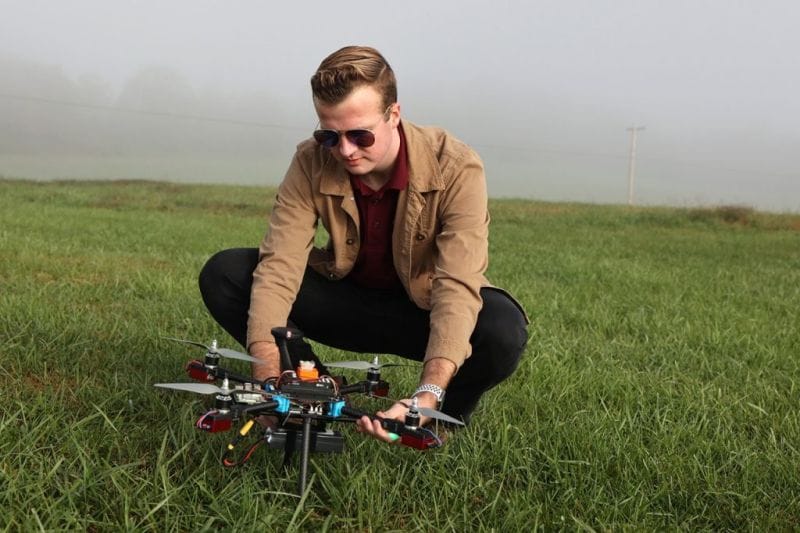RSS feed source: Federal Emergency Management Agency
AUSTIN, Texas – Homeowners and renters in Burnet, San Saba, Tom Green, Travis and Williamson counties are now eligible for FEMA disaster assistance after the severe storms, straight-line winds and flooding that began July 2.
FEMA and the State of Texas may be able to help with serious disaster-related needs, displacement, temporary lodging, basic home repair costs and personal property loss. Previously, Kerr County was designated for FEMA assistance, meaning survivors with losses in Kerr County could apply even if they do not live in the county or in Texas.
Survivors with homeowners’, renters and flood insurance are encouraged to file a claim with their insurance carrier as soon as possible. By law, FEMA cannot provide funding for losses covered by your insurance. If your policy does not cover all disaster expenses, you may be eligible for federal assistance.
There are several ways to apply.
The fastest way is to go to DisasterAssistance.gov. You may also use the FEMA App for mobile devices or call the FEMA Helpline at 800-621-3362. Lines are open daily from 6 a.m. to 10 p.m. CT. If you use a relay service, captioned telephone or other service, you can give FEMA your number for that service. Helpline operators speak many languages. Press 2 for Spanish.
You may also visit a Disaster Recovery Center to receive in-person assistance. A recovery center is open from 8
Click this link to continue reading the article on the source website.


